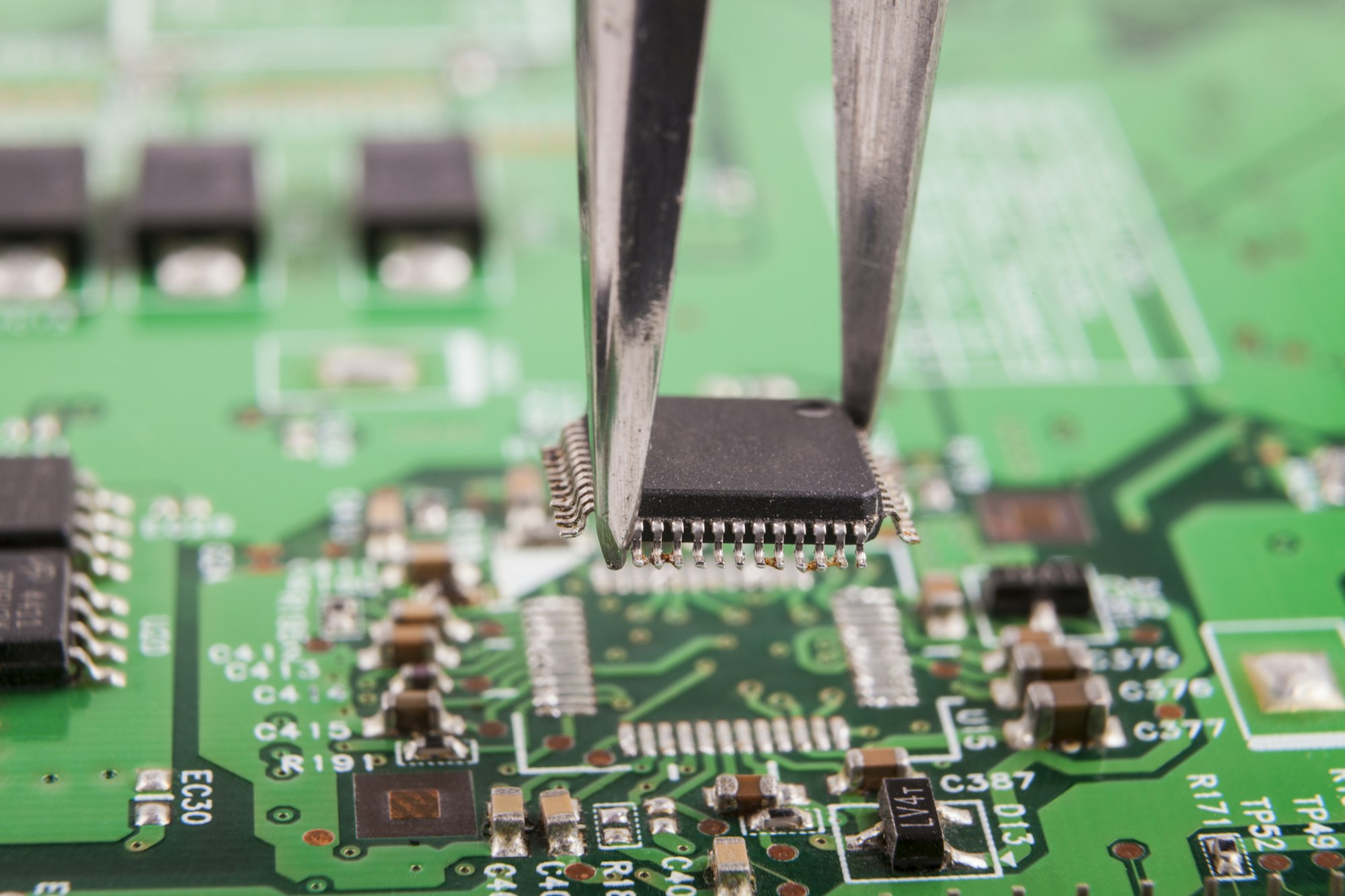Low-temperature PCB success requires balancing thermal expansion (CTE)[^1], glass transition temperature (Tg)[^2], and moisture resistance[^3]. Use ceramics/polyimides instead of regular FR-4, validated by IPC-6012 thermal cycling tests. Match materials to your specific cold environment—Arctic applications ≠ space tech.
)
Most discussions about cryogenic electronics start with obvious temperature specs, but the real challenges emerge from material interactions. Let’s examine what most guides miss about permanent cold operations.
Key Material Properties for Subzero PCB Performance
My first satellite PCB warped like a potato chip in orbit. Why? I overlooked CTE mismatches between copper traces and substrate when temperatures plummet below -40°C.
**Critical properties for cold-resistant PCBs:
- CTE < 14 ppm/°C (matches copper/component materials)
- Tg > 170°C (maintains rigidity in thermal swings)
- Water absorption 500°C |
| CTE (XY-axis) | 14-16 ppm/°C | 12 ppm/°C | 6-8 ppm/°C |
| Moisture Absorp | 0.8% | 0.3% | 0.01% |
| Dielectric Loss | 0.02 @ 1GHz | 0.002 @ 1GHz | 0.0001 @ 1GHz |
Polyimides handle repeated thermal cycling better than ceramics but lack radiation resistance for space. Ceramics become brittle in vibrational environments. My rule: use polyamide-flex hybrids for Arctic drones, alumina-filled PTFE for satellites. Always cross-reference Mil-PRF-31032 and IPC-6012DA standards.
Why is FPGA not popular?
I watched a Mars rover prototype freeze mid-operation—not from cold, but FPGA configuration errors[^4] during rapid temperature changes from -120°C to +25°C.
**FPGAs struggle in cryogenic systems[^5] due to:
- SRAM bit-flips below -55°C
- Increased propagation delay variance
- Power consumption spikes during reconfiguration**
)
Alternatives to FPGAs in Low-Temp Systems
| Application | FPGA Issue | Recommended Solution |
|---|---|---|
| Sensor Control | Voltage drift | Radiation-hardened ASICs |
| Data Processing | Clock skew | Cold-rated microcontrollers |
| Signal Conditioning | Leakage current | Discrete analog components |
| Mission-Critical | Configuration loss | MRAM-based CPLDs |
In my Arctic projects, I switched to ASICs with on-chip temperature compensation. For prototyping, use antifuse FPGAs like Microsemi’s RTG4—they maintain configuration down to -180°C. Always derate timing specs by 35% for < -50°C operations.
Common Material Mistakes in Cryogenic PCB Design
A client’s "space-grade" PCB delaminated during lunar night testing. Their mistake? Using standard lead-free solder in extreme cold.
**Frequent cryogenic material errors:
- Assuming "commercial grade" = "cold rated"
- Neglecting condensation control
- Mismatched interface materials**
)
Application-Specific Material Pairing
| Environment | Wrong Choice | Optimal Materials |
|---|---|---|
| Polar Surface | FR-4 + SAC305 | Rogers 4350B + Indium Corp CryoMax |
| Space (Deep Cold) | Aluminum Nitride | Beryllium Oxide + AuSn Solders |
| Liquid Nitrogen | Standard Epoxy | Polyimide-SiO2 Composite |
| High-Humidity Cold | OSP Finish | Electroless Nickel/Immersion Gold |
For cryogenic connectors[^6], I combine PTFE insulators with palladium-nickel contacts. Always test material pairs in actual thermal cycles[^7]—NASA’s 50-cycle (-196°C ↔ +125°C) protocol exposes 83% of compatibility issues missed in datasheets.
Conclusion
Choose materials by quantifying CTE/Tg/moisture in your exact thermal profile. Validate through IPC-6012 testing[^8]—theory ≠ reality in permanent cold.
[^1]: Understanding CTE is crucial for ensuring PCB reliability in extreme temperatures. Explore this link to learn more about its impact on performance.
[^2]: Tg is vital for maintaining PCB integrity under thermal stress. Discover how it influences material selection for cold applications.
[^3]: Moisture resistance is key to preventing failures in extreme conditions. Learn more about its role in PCB durability and performance.
[^4]: Understanding FPGA configuration errors can help improve reliability in extreme conditions, especially for critical applications like space exploration.
[^5]: Exploring the impact of cryogenic conditions on electronics can provide insights into better design practices for extreme environments.
[^6]: Explore this link to understand the latest advancements and best practices in cryogenic connector materials, ensuring optimal performance in extreme conditions.
[^7]: This resource will provide insights into the importance of thermal cycles in testing material compatibility, crucial for reliable applications.
[^8]: Learn about IPC-6012 testing standards to ensure your materials meet the necessary reliability and performance criteria in cold environments.


